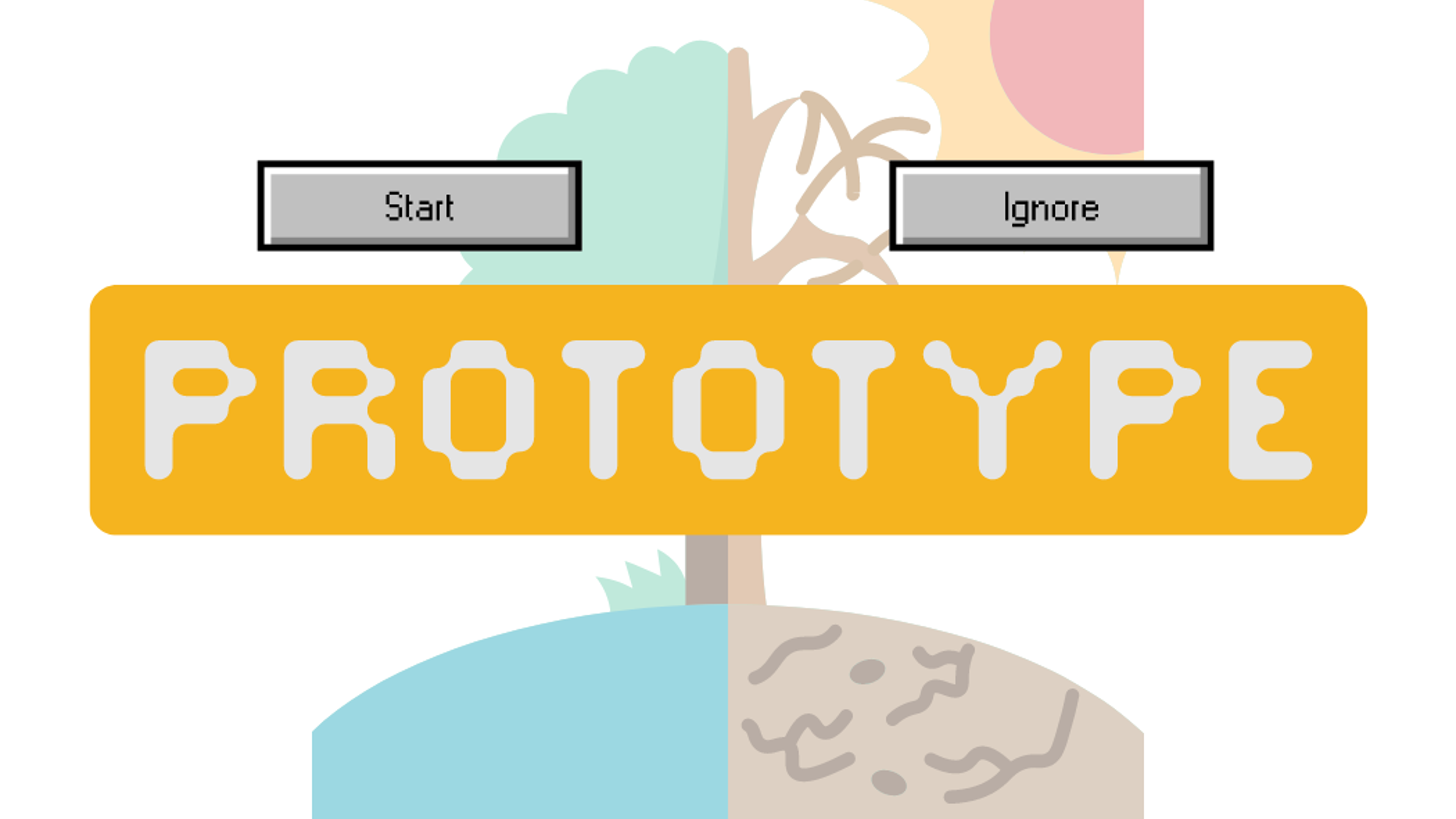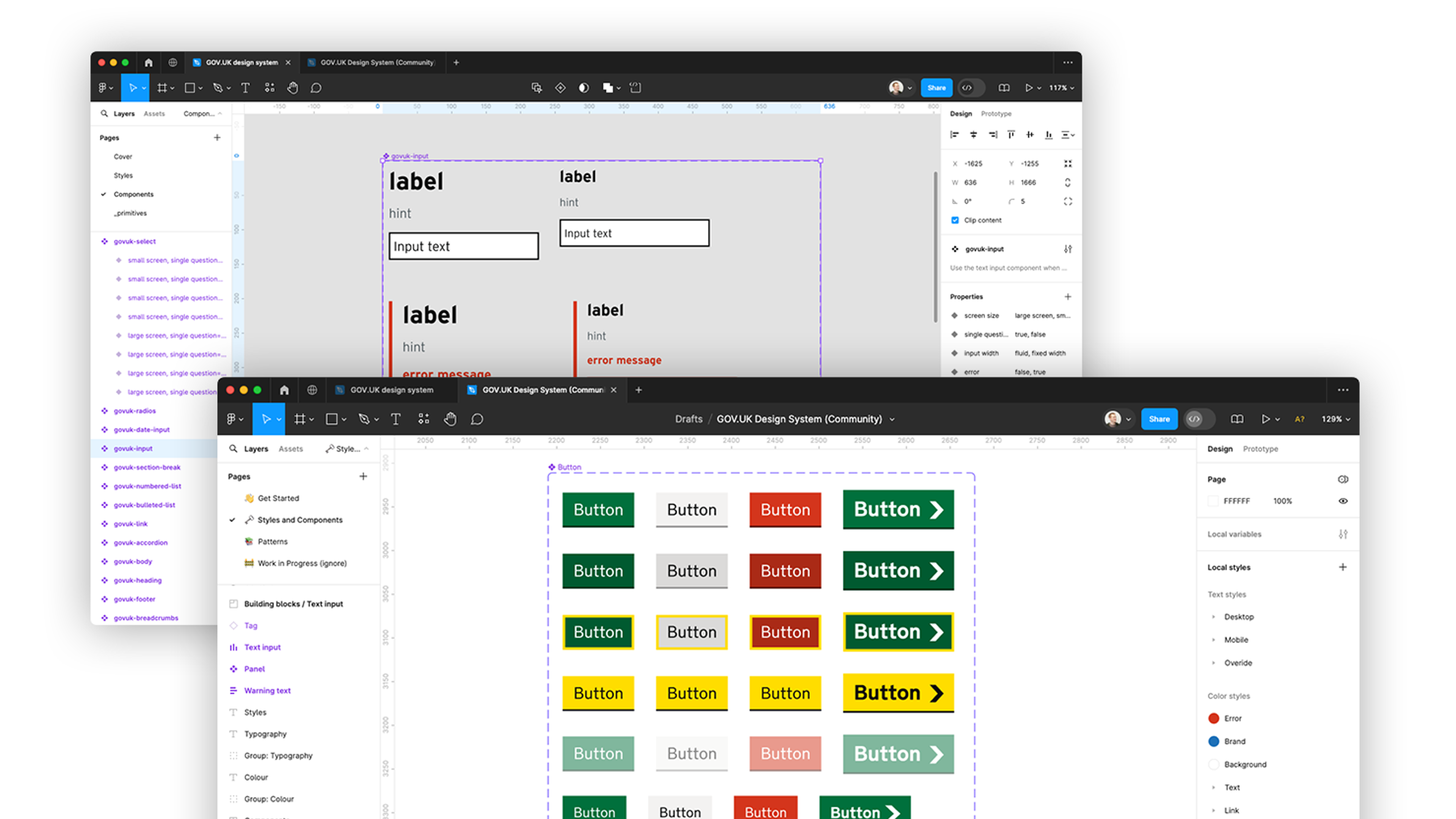How to Loosen the Collar of your Web Copy
Sorry to interrupt…
If you like what you've read so far, join us on LinkedIn to talk all things digital product development with our team of experts.
Let's talk FluentI am not talking about LOL-ing up your copy with txtspk, slang and swearwords FTW! But undoing the top button and taking off the tie will allow you to appear friendly, trustworthy, approachable and willing to interact. Here are 9 practical tips to soften up your style:
1. Use contractions
'From a standing start back in 1998, we've grown into a successful online bank. We've done this by helping customers to understand and manage their money more effectively.' Egg
We've is a contraction (of we have). Formal training says that you should not contract words in proper writing. That's something to bear in mind the next time you write to a judge, but for describing your company or service online, this, along with point 2, is the most important trick for creating a more relatable style.
2. Be a person or group of people
'We've been asked by a lot of people how we've grown so quickly, and the answer is actually really simple... We've aligned the entire organization around one mission: to provide the best customer service possible.' Zappos
Technically this is about person: write in the first person (I, we) rather than the third (Zappos believes…). It is important to mention your company name occasionally, which you can do by saying 'At Zappos, we…', but overall the more it is about we and usthe more human you will appear.
3. Embrace fragments
'For years project management software was about charts, graphs, and stats. And you know what? It didn’t work.' Basecamp
Fragments, bless them, haven't quite got enough parts of speech to be called real sentences. Who cares? (Hey, there's one). We speak in fragments all the time, and dropping them occasionally into our copy creates a natural voice.
4. Put in a single line paragraph
'It’s my favourite place in the world.'Seven Holidays
I love this bad boy. Just as your reader is following your thoughtful argument through well-constructed paragraphs you hit them with a single line like a poke in the eye. Don't use it more than once on a page.
5. Use simple words
'Twitter is without a doubt the best way to share and discover what is happening right now.'
Search for twitter in Google and this is what appears as Twitter's own description of itself. Compare with Wikipedia's description on the same page: 'Twitter is a social networking and microblogging service, owned and operated by Twitter Inc., that enables its users to send and read other user messages'.
Remember that you are not just conveying information, but personality. As soon as you begin sounding like the dictionary, you're not being taken to the party any more.
6. Go casual with your phrases and metaphors
'Hello. We are Ryan, Nick and Sam. A while back we got interested in the idea of lending. Sam had had a good experience with his next-door neighbours. They had been lending stuff to him – small stuff mainly (like a cup of sugar), but it got bigger (like a ladder) and in time he found he was actually hanging out with his neighbours who turned out to be quite surprisingly nice once he got to know them.' Streetbank
This is a particularly casual way of talking about your organisation. Note the parentheses, like little vocal asides, and the otherwise woolly words like stuff, hanging out and quite surprisingly nice. How casual your company should sound is up to you. But one of the traits for cultivating a more relaxed tone of voice is the use of lazy phrases and metaphors.
Catch my drift?
7. Share a little joke
'Can I be banned from commenting? Yes, if your comments are self-promotional, obnoxious, highly offensive, spam, or even worse, boring. There will be no warning, and little mercy.' Gawker
Don't force it, and don't try to have your users in stitches. But a friendly joke or a bit of irony used sparingly and at appropriate moments – such as to relieve the tension of a long form or error page – goes a long way to make your company seem approachable.
8. Cut out the company blah bits
'A large, high-resolution LED-backlit IPS display. An incredibly responsive Multi-Touch screen. And an amazingly powerful Apple-designed chip. All in a design that’s thin and light enough to take anywhere. iPad isn’t just the best device of its kind. It’s a whole new kind of device.' Apple (UK)
Apple could tell you many things about their philosophy, values and marketing principles. Instead, they show you what you are looking for.
However informal you try to make it sound there is still something stuffy about 'our core values' and 'we believe' and 'our history' and 'our mission statement'. Customers do not care. They will infer all that from your products and service anyway. Whatyou choose to tell them is another essential constituent of your tone.
9. Start sentences with conjunctions
'But here we are 24 months later and those predictions couldn't appear more misplaced […] So occasionally at The World Tonight, we decide to devote special coverage to a significant issue and this Friday it's this.' BBC News, The Editors
To round off the generally-chill-out-about-grammar theme: start the occasional sentence with or, and or but.
In a word: conversational
Overall, instead of writing like you are providing a legal defence for your company, write like you are chatting to individual customers in person. Talk like you're, well, talking. Read your copy to yourself in the mirror and try not to laugh.
How informal you get is up to you (I recommend keeping the shirt on). You could create a style guide to maintain the level that you want. But I hope that these practical tips help you to find ways to undo at least the top button, and write like you are human after all.
Originally published on SmyWord.com
Ready to solve your problems?
We'll help meet the challenges facing your growing business. Get in touch and tell us what you need, the team can't wait to hear from you.
Contact us![2295X1200 Social Media [ All ] 01](https://fluent-umbraco-hwduaufvc9h8gbad.uksouth-01.azurewebsites.net/media/scujluzj/2295x1200-social-media-all-01.jpg?width=3840&height=2160&quality=70&format=Webp)

